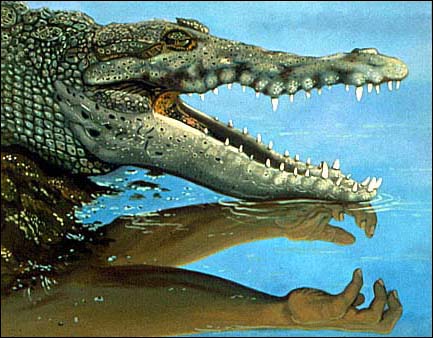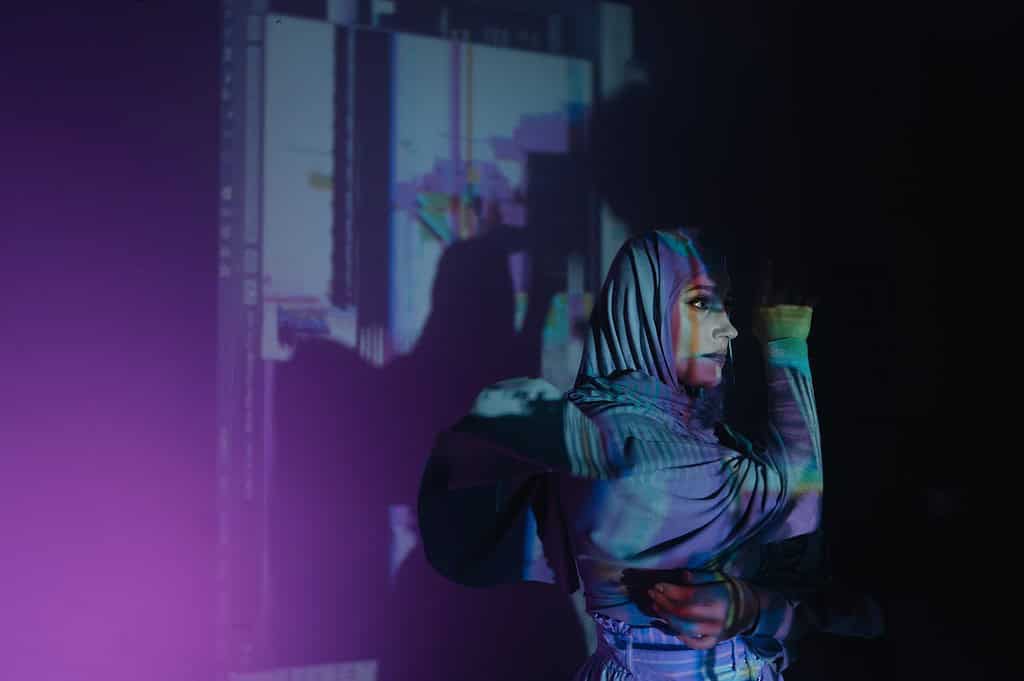
The Power of Deaf Art and Expression: Celebrating Creativity in the Deaf Community
- Posted by Cicada Sign
- Categories Blog
- Date November 11, 2024
- Comments 0 comment
Art has always been a profound means of expression, enabling individuals to convey feelings, thoughts, and experiences that words alone cannot capture. For the Deaf community, art represents a unique form of communication, a celebration of identity, and a powerful voice in a world that often overlooks or misunderstands Deaf experiences. Through visual art, performance, poetry, and other creative mediums, Deaf artists share their stories and perspectives, bringing awareness and appreciation for Deaf culture to the wider world. In this post, we explore the significance of Deaf art and highlight some trailblazing Deaf artists who have shaped this creative landscape.
The Significance of Deaf Art and Expression
Deaf art is more than just a visual or performance-based endeavor; it’s a cultural expression deeply embedded within the Deaf community. This art often captures the experiences of Deaf individuals, portraying both the beauty and challenges of their world. Many pieces address themes like language, identity, empowerment, and accessibility, reflecting a collective journey towards recognition and inclusion.
Creating art allows Deaf individuals to challenge stereotypes, advocate for their rights, and express pride in their identity. Furthermore, Deaf art has become a means of preserving sign languages and cultural heritage, serving as a visual manifestation of Deaf history and resilience.
Famous Deaf Figures in Art and Expression
1. Chuck Baird – Pioneer of Deaf Art
Chuck Baird is often considered one of the founders of the Deaf art movement. Known for his vibrant, expressive paintings that incorporate ASL signs, Baird’s work beautifully intertwines Deaf culture with visual art. His pieces are renowned for their portrayal of everyday Deaf experiences and unique perspectives on language and identity. Through his art, Baird conveyed the beauty of ASL and the richness of Deaf culture. Learn more about Chuck Baird’s work.
“Art is a language of the soul; Deaf art is the soul of Deaf culture.” – Chuck Baird
2. Christine Sun Kim – Exploring Sound Through Art
Christine Sun Kim is an acclaimed Deaf sound artist who challenges perceptions of sound in the art world. Although Kim is Deaf, she uses sound as a medium, exploring how it can be visualized, experienced, and interpreted. Her work often examines the societal limitations imposed on sound, language, and Deaf identity. By bridging auditory and visual elements, Kim creates pieces that prompt viewers to question their understanding of sound and silence. Explore Christine Sun Kim’s art.
“Sound is as much mine as anyone else’s, and I can use it to redefine who I am.” – Christine Sun Kim
3. Nancy Rourke – Resistance and Empowerment in Art
Nancy Rourke is a Deaf artist known for her use of vibrant colors and powerful themes, often classified under the “De’VIA” (Deaf View/Image Art) movement. Her work frequently addresses issues such as oppression, audism, and Deaf empowerment. Rourke’s paintings are celebrated for their bold statements and advocacy for Deaf rights, aiming to inspire and empower the Deaf community. Discover Nancy Rourke’s contributions.
The De’VIA Movement – Deaf View/Image Art
De’VIA, short for Deaf View/Image Art, is an art movement that specifically represents Deaf experiences, focusing on themes unique to Deaf culture and identity. Originating in the 1980s, De’VIA artists use visual motifs, hand shapes, and exaggerated facial expressions to reflect Deaf perspectives. De’VIA is not just an art style but a form of activism, highlighting issues such as audism, language oppression, and the resilience of the Deaf community.
Deaf artists in the De’VIA movement use their art as a medium to celebrate Deaf culture, express pride, and critique societal norms. By emphasizing the visual nature of Deaf communication, De’VIA art reinforces the importance of ASL and visual storytelling as integral parts of Deaf identity.
The Role of Deaf Theatres and Performance Art
Theatre and performance art hold a significant place in Deaf culture, serving as both a form of entertainment and a tool for advocacy. Deaf theatres, such as the National Theatre of the Deaf in the United States, have played a pivotal role in bringing Deaf stories to mainstream audiences. Through visual storytelling, these theatres have educated the public about Deaf culture and challenged misconceptions about Deafness.
National Theatre of the Deaf
Founded in 1967, the National Theatre of the Deaf has been instrumental in showcasing Deaf talent and promoting ASL. The theatre performs works that often combine spoken language with sign language, bridging the gap between Deaf and hearing audiences. Learn more about the National Theatre of the Deaf.
Deaf West Theatre
Deaf West Theatre is another notable institution that has redefined Deaf performance art. Based in Los Angeles, Deaf West has produced innovative adaptations of classic plays, making them accessible to both Deaf and hearing audiences. Their production of Spring Awakening received critical acclaim for its powerful integration of ASL and spoken language. Explore Deaf West Theatre’s productions.
The Future of Deaf Art and Representation
As the Deaf art movement continues to grow, Deaf artists are increasingly gaining recognition and platforms to showcase their talents. Social media and online galleries have made Deaf art more accessible, enabling artists to reach global audiences. The increased visibility of Deaf art highlights the richness of Deaf culture and allows hearing people to gain a deeper appreciation for the Deaf community’s unique perspectives.
Supporting Deaf artists and institutions that celebrate Deaf culture is crucial for fostering inclusivity and understanding. Art is a universal language, and Deaf art reminds us that everyone, regardless of hearing ability, has a story worth sharing.
Cicada Sign’s Commitment to Celebrating Deaf Art
At Cicada Sign, we believe in the power of art to inspire change and bridge communities. We are committed to celebrating and amplifying Deaf voices, promoting cultural appreciation, and fostering an inclusive society. Through our blog and upcoming courses, we aim to support Deaf artists and creators, encouraging a world where Deaf art and culture are valued and understood.
Join us on this journey of exploration and discovery! Follow Cicada Sign to learn more about Deaf culture, art, and ways to support the Deaf community. Let’s create a world where everyone’s story is heard and celebrated.

A Letter in ASL




